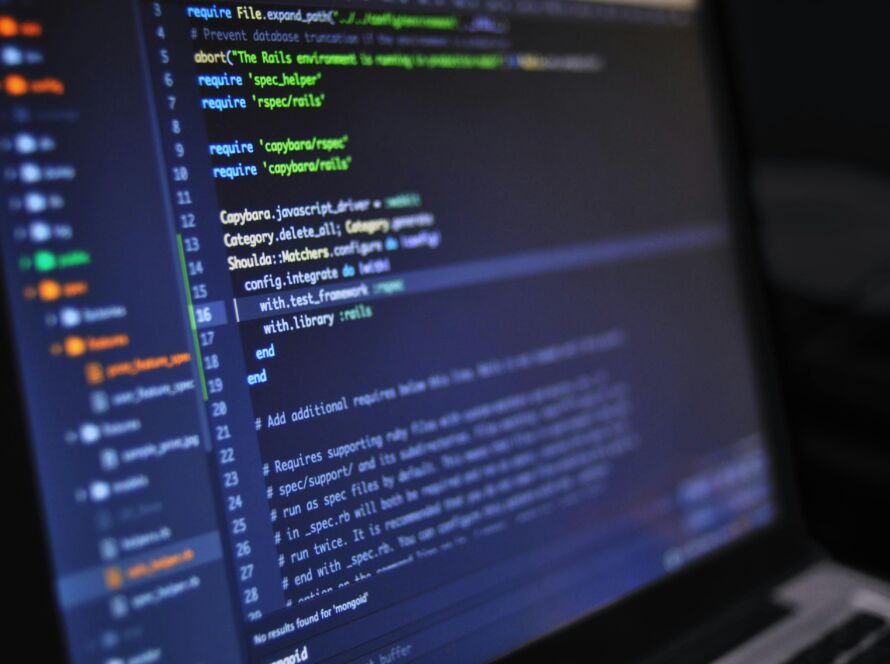In today’s rapidly evolving digital economy, businesses are under increasing pressure not only to operate more efficiently but also to do so sustainably. One of the most overlooked yet impactful areas for environmental improvement is the transition from paper-based invoicing to digital alternatives. E-invoicing is more than just a modern convenience—it’s a step toward a cleaner, more responsible future.
The Hidden Environmental Cost of Paper Invoices
At first glance, sending or receiving a paper invoice might seem harmless. But when multiplied across millions of businesses and billions of transactions each year, the environmental footprint becomes alarmingly clear. Traditional invoicing depends heavily on the use of paper, and that paper doesn’t come without a cost.
Each sheet of paper requires raw materials, primarily wood. That means trees—many of them—are felled to produce paper products. The paper industry is one of the largest consumers of freshwater globally, with vast amounts of energy used in the processes of pulping, bleaching, drying and transporting materials. Additionally, inks and toners contain chemicals that are harmful to the environment, and most invoices eventually end up in landfills or are incinerated, releasing carbon back into the atmosphere.
The logistics involved in mailing invoices add yet another layer of environmental burden. Envelopes, postage, and transport (especially if invoices are shipped internationally) all contribute to carbon emissions and waste. While these effects may seem small individually, collectively, they form a significant environmental impact.

E-invoicing completely removes the need for paper in financial transactions. Instead of printing, posting and filing physical documents, businesses can create, send, and archive invoices digitally—all without generating waste. The result is a dramatically reduced carbon footprint across the entire invoicing process.
By adopting e-invoicing, companies contribute directly to the preservation of forests and the reduction of greenhouse gas emissions. There’s no need for paper, no ink, no envelopes, and no trucks to deliver them. This shift not only benefits the environment—it also helps organizations streamline operations, reduce costs, and increase overall efficiency.
Every e-invoice sent is one less step toward deforestation and one more step toward a sustainable future.
Aligning Business Goals with Sustainability Commitments
For companies aiming to strengthen their environmental, social, and governance (ESG) profiles, e-invoicing is a practical, immediate win. It reflects a commitment to reducing waste and aligns with broader corporate sustainability goals, such as minimizing carbon output and supporting digital transformation initiatives.
Governments around the world are also recognizing the benefits of e-invoicing and, in many cases, making it mandatory. For example, the 2025 e-invoicing regulations in several European countries are pushing businesses to adopt digital systems not only for compliance but also as part of national sustainability agendas.
At bbXML, we’ve built our platform to support this transition—helping businesses of all sizes eliminate paper usage without compromising on security, control, or legal compliance. From PDF extraction to validated XML output, everything happens digitally, reducing the need for physical materials at every stage.
bbXML Helps You Stay Sustainable
Switching to e-invoicing might feel like a technical or administrative shift—but in truth, it’s a conscious environmental choice. When thousands of companies make that choice, the impact is multiplied. It’s not just about faster processing or easier compliance—it’s about taking responsibility for the planet.
The move away from paper isn’t just about efficiency anymore.
It’s a powerful statement about what your business stands for.


